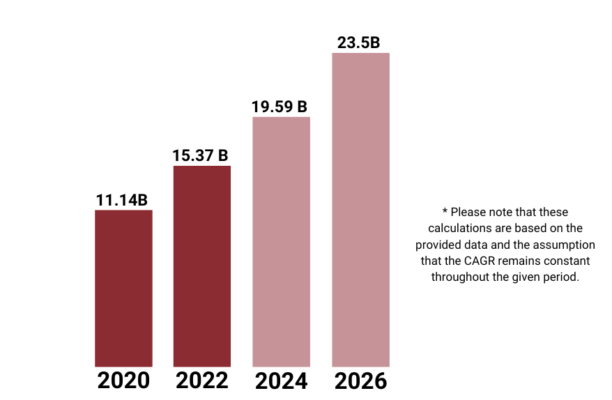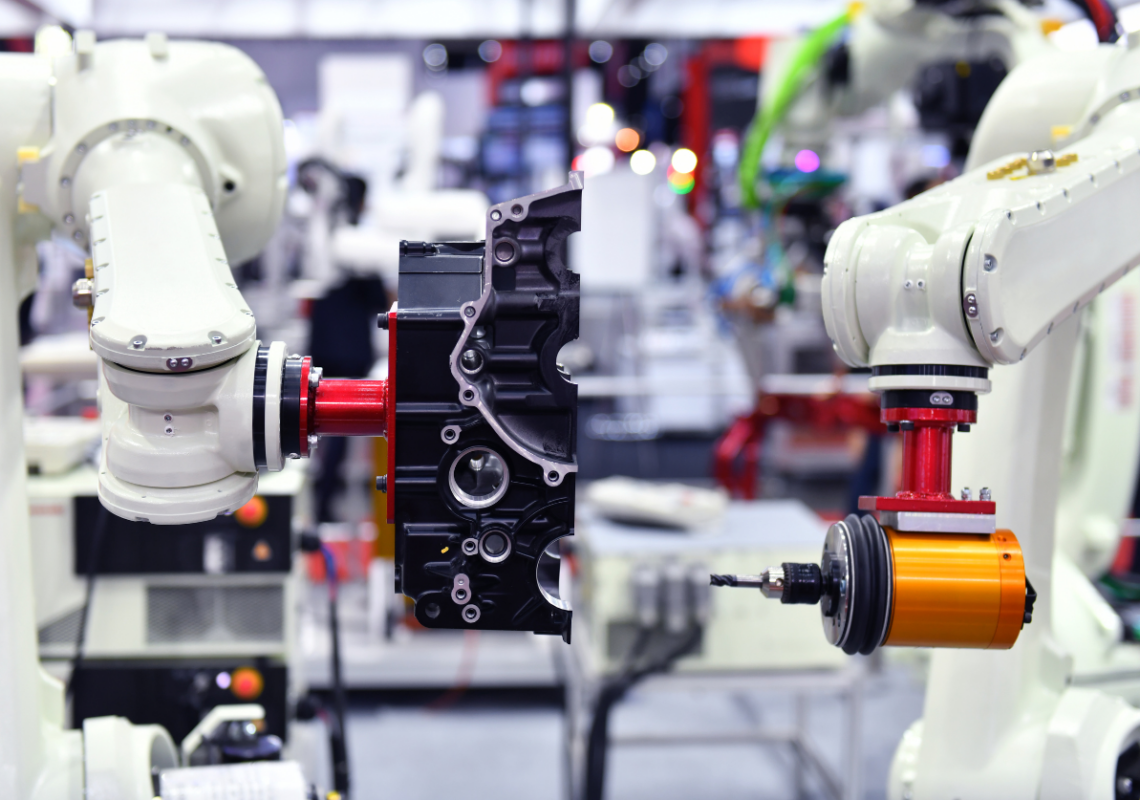People find robotics interesting because it can make work easier, help us do more, and change how industries operate. One important aspect of robotics is the “eyes” for robots, such as camera vision systems. In this article, we’ll talk about the advantages of 2D vision systems, how to pick the right one, and some top companies in this area.
Unlocking a New Way of Seeing:
Robots can “see” things better with 2D vision systems. These systems use cameras to take pictures and help robots move, handle objects, and work with people.
Smart computer programs check the pictures and help robots understand what’s going on around them. This makes robots better at making choices.
Unlike 3D vision systems that see in three dimensions, 2D vision systems focus on getting detailed information in just two dimensions. This is useful for tasks that don’t need to know how far things are.
Robots that use 2D vision systems, like the ones with special cameras, can use the processed pictures to understand their surroundings. This helps them make better choices and work more smoothly with their environment. In short, processed pictures help robots see and react better.

Growing Market for Machine Vision Systems:
Market Growth:
The market for 2D and 3D machine vision systems is growing a lot. In 2020, it was worth $11.14 billion, and by 2026, it’s expected to be $23.5 billion. This means it’s going up at a rate of 13.32% each year between 2021 and 2026. These numbers show that more and more industries are using machine vision systems.

Application & Industries:
Machine vision systems are used in many industries. One example is the food and drink industry, where they help make sure products are safe and of good quality. They check food, control quality, and help with putting things together, making work more efficient and accurate. The food and drink industry’s focus on safety and rules has increased the need for these systems.
Regional Importance:
North America is a big market for machine vision systems. They started using this technology early, especially in manufacturing and healthcare. In manufacturing, machine vision systems improve quality, make processes better, and add automation. In healthcare, they help with medical pictures, diagnoses, and surgeries. The fact that the North American market is growing and getting more attention shows how valuable these systems are in different fields.
Benefits:
Saving Money:
Normally, 2D vision systems are cheaper than 3D ones. This means they can be used in many different industries without costing too much. Even though they’re affordable, they work really well for jobs that don’t need to know how far things are.
Quick and Precise:
Thanks to better cameras and computer programs, 2D vision systems are now very fast and good at recognizing and tracking objects. This helps robots do their tasks accurately and quickly, reducing mistakes and making everything more efficient.
Adaptable:
2D vision systems are easy to add to existing robot setups because they don’t need fancy equipment. They can be used in lots of different places and for many purposes, like in factories, warehouses, hospitals, and other service industries.
Working with People:
2D vision systems are important for making sure robots can work safely with humans. These systems help robots see and follow people, which makes working together easier and safer for everyone in shared spaces.
Picking the Perfect System:
When picking a 2D vision system for your robot, keep these things in mind:
Picture Quality:
A higher resolution gives clearer pictures, helping the robot see better. Choose the right resolution for your job.
Speed and Power:
Make sure the vision system is fast enough for real-time work. It should handle the tasks you want it to do.
Working Together:
The system should work well with your robot or fit easily into your setup. Check if it’s compatible with your robot’s software and communication, and if you have the tools you need.
Trust and Help:
Go for a well-known provider with good hardware and software. They should have helpful customer support, clear instructions, and a good history in robotics.
Top Providers in the Field:
COGNEX:
COGNEX is a well-known company that offers precise, fast, and easy-to-use 2D vision systems for robots.
Basler:
Basler specializes in making strong and reliable 2D vision systems with high-quality cameras for various industries, including robotics.
Teledyne DALSA:
Teledyne DALSA provides a wide range of machine vision products, including 2D systems made for tough industrial use. They work really well and can be used in many ways.
FLIR Systems:
FLIR Systems is famous for thermal imaging, but they also offer 2D vision systems. These systems use both visible light and thermal imaging, making them useful for many robot tasks.
KEYENCE:
KEYENCE is a known provider of machine vision systems. They have modern and high-tech 2D vision systems designed especially for robots.
Conclusion:
In conclusion, 2D vision systems in robotics have brought big changes to industries. They make machines smarter, save money, work faster, and interact better with people. Businesses can choose the right system by considering resolution, processing power, compatibility, and reliability. These advances in 2D vision tech can lead to more automation and productivity around the world.
To learn more about 2D Vision Systems.
